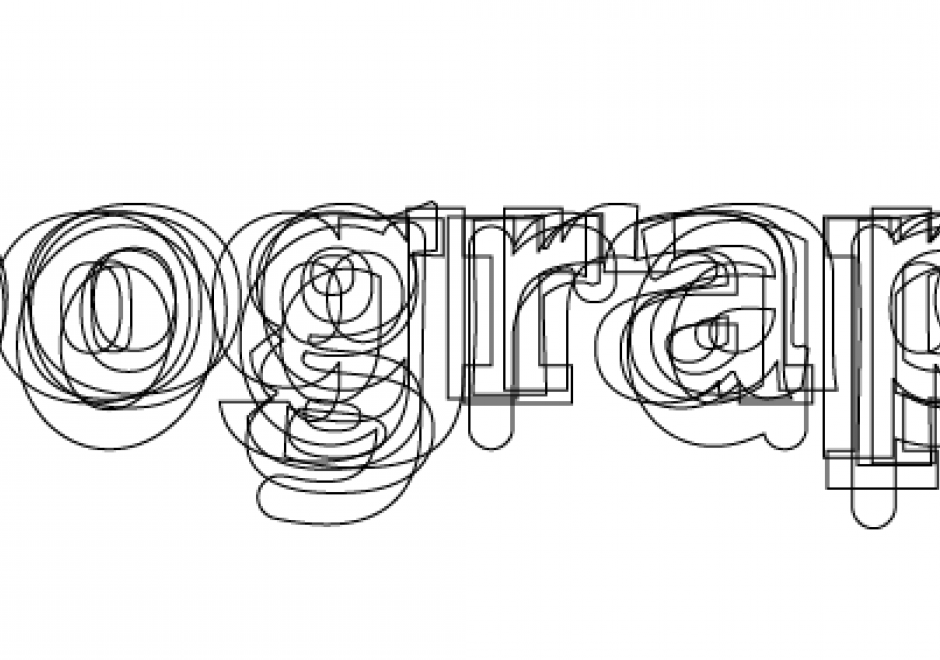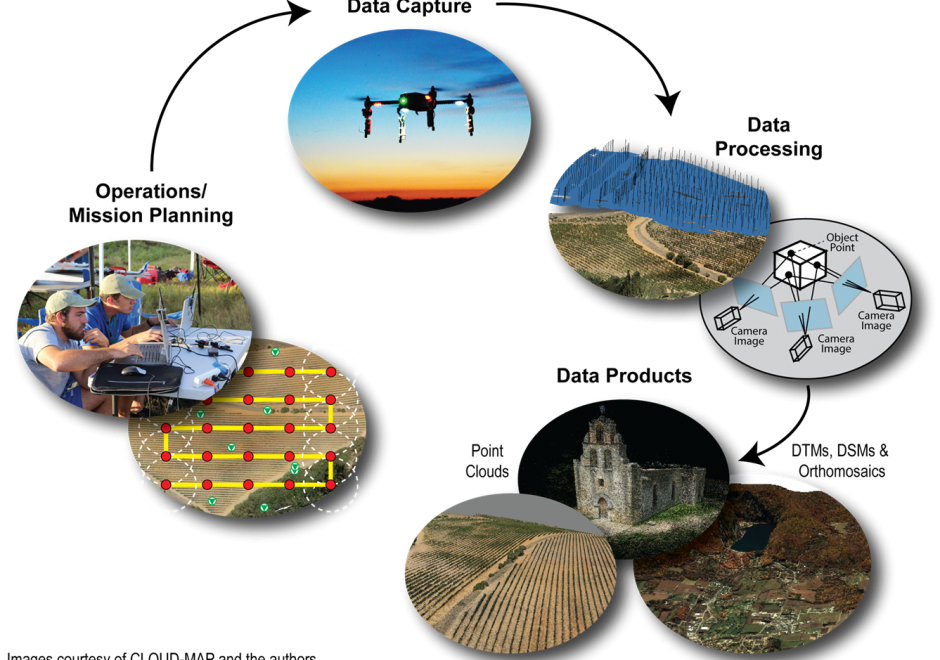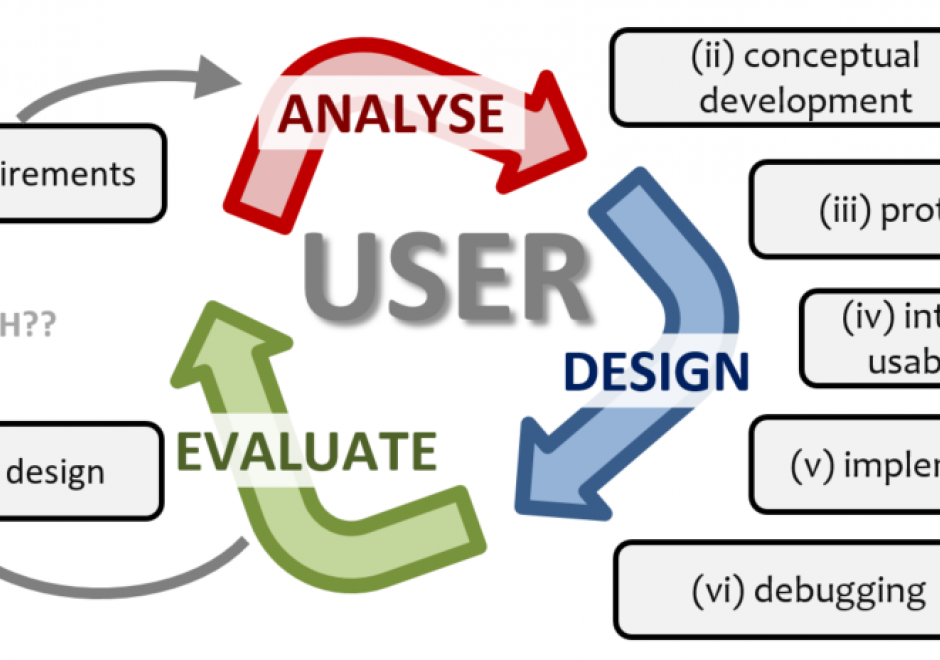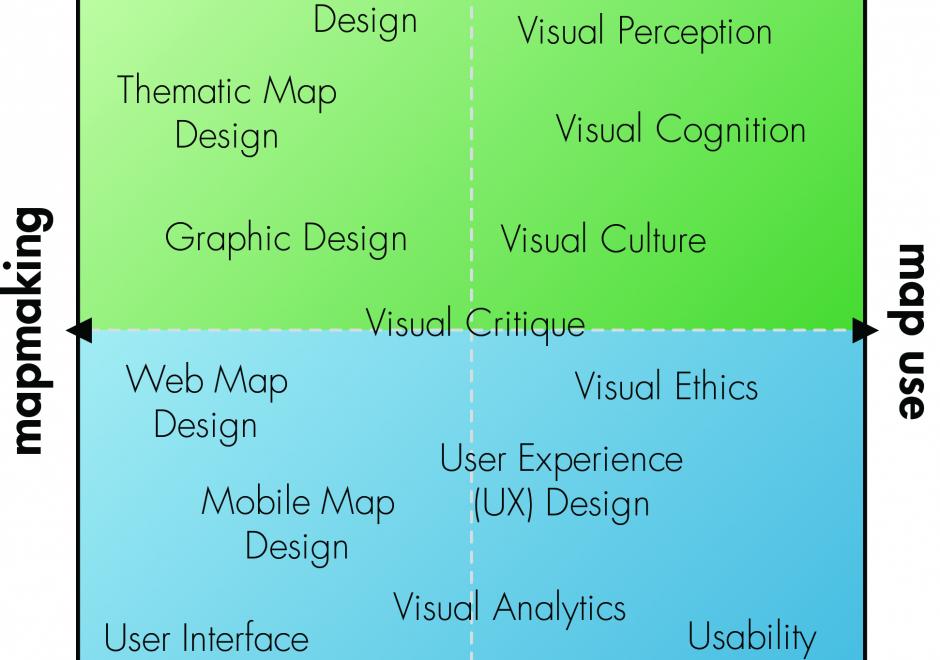DM-28 - Topological relationships

- Define various terms used to describe topological relationships, such as disjoint, overlap, within, and intersect
- List the possible topological relationships between entities in space (e.g., 9-intersection) and time
- Use methods that analyze topological relationships
- Recognize the contributions of topology (the branch of mathematics) to the study of geographic relationships
- Describe geographic phenomena in terms of their topological relationships in space and time to other phenomena





FC-08 - Time